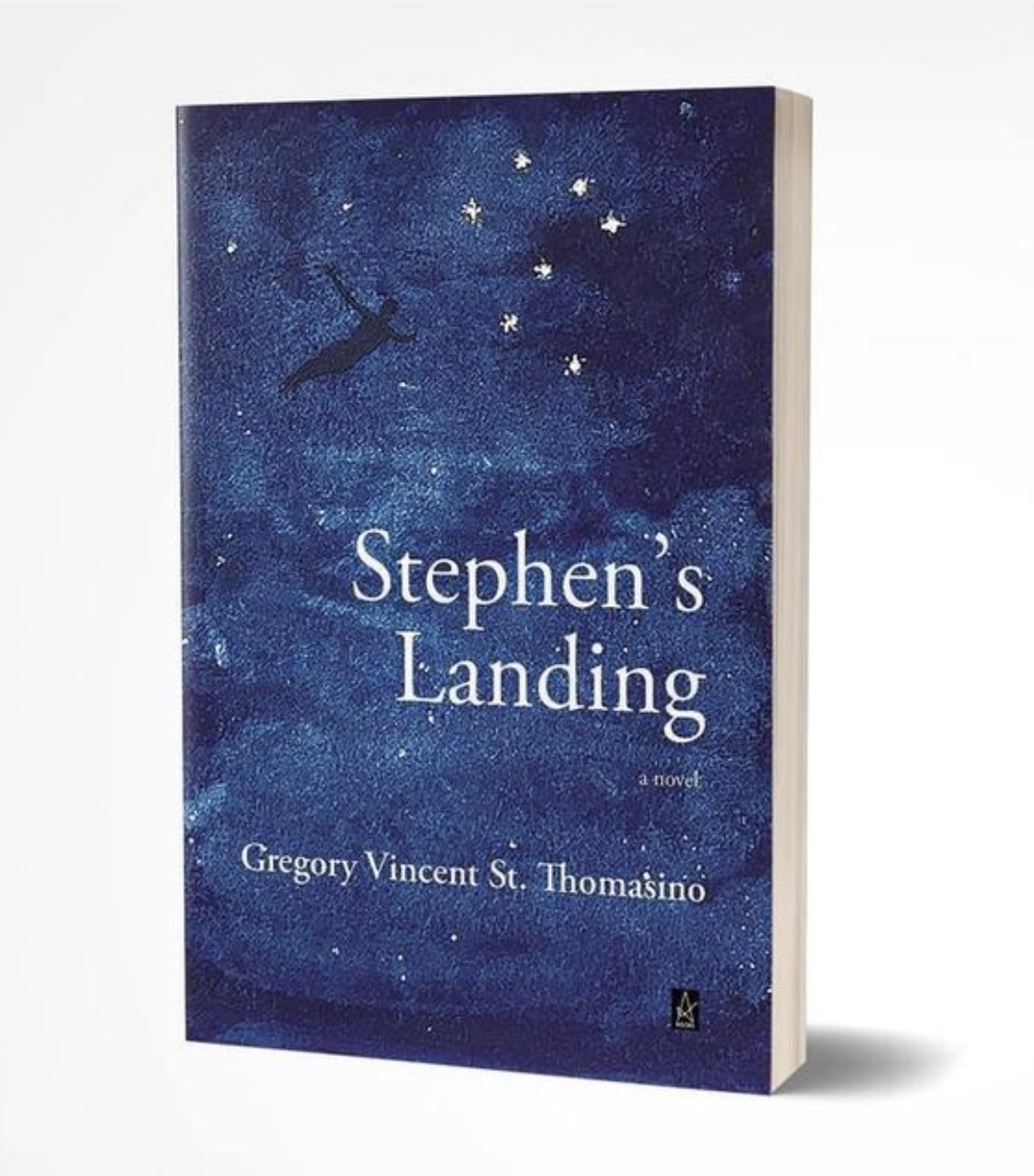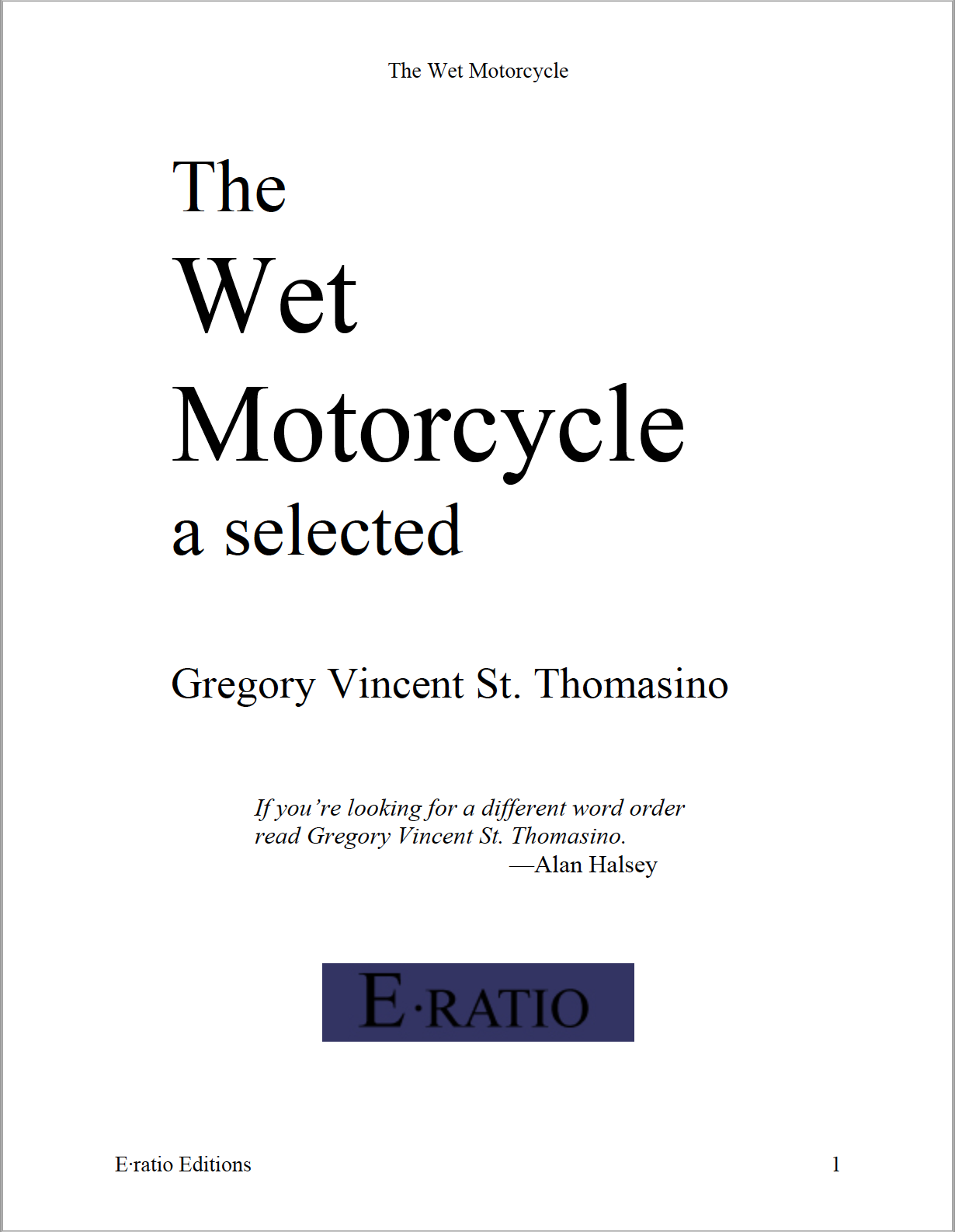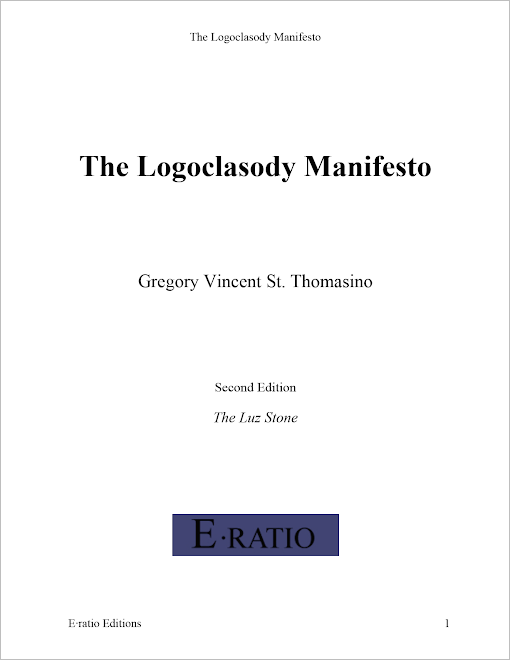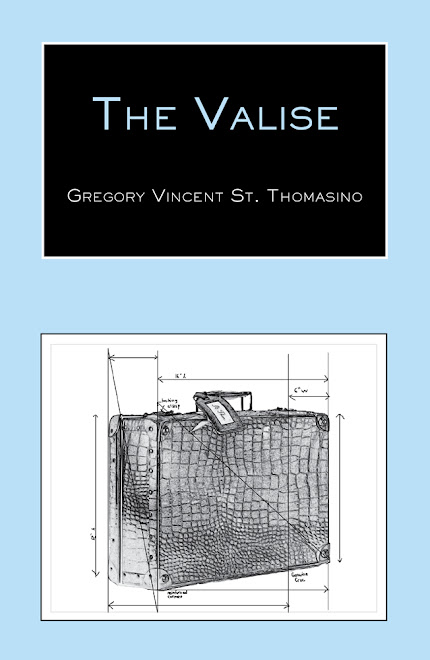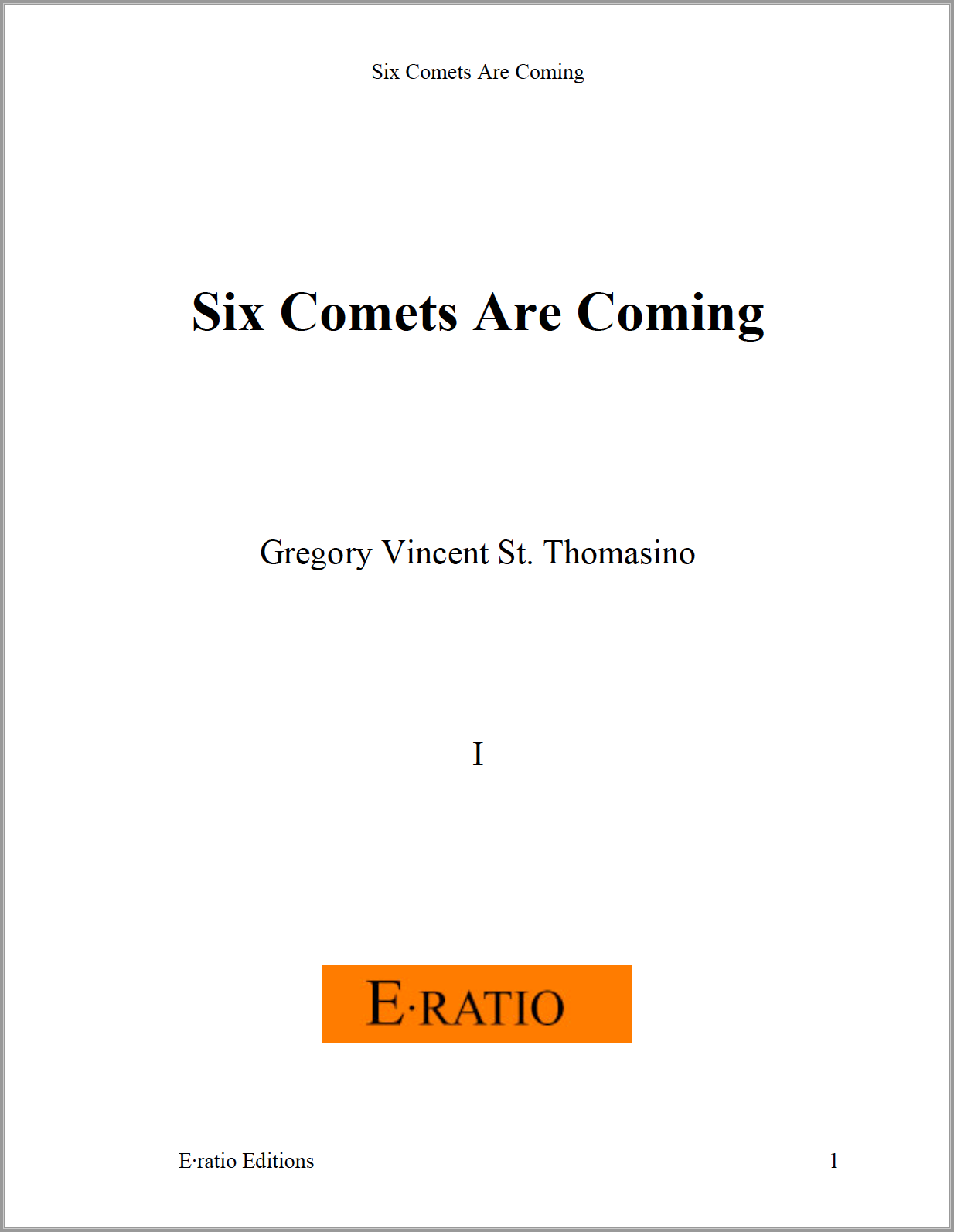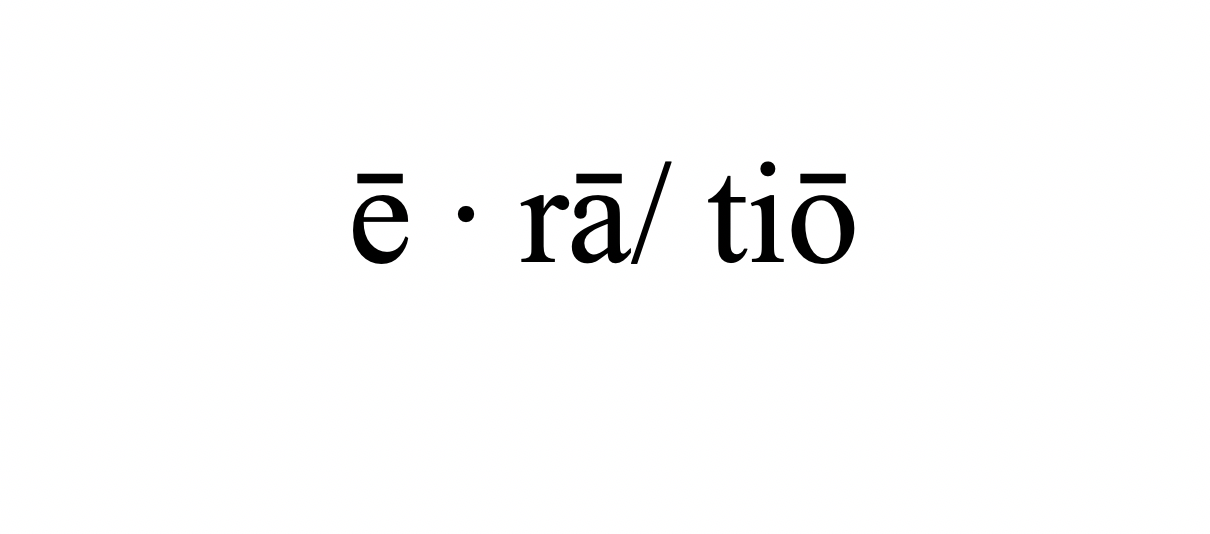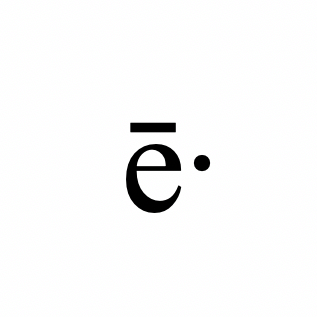What's Jukka up to at nonlinear poetry?
I've been following the discourse that has sprung up around Jukka-Pekka Kervinen's recent work at his NONLINEAR POETRY blog and I'm inspired to chime in with my own interpretation.
Bill Allegrezza, at p-ramblings, remarks that "they complicate reading patterns in a way that two dimensional writing does not. As a reader I am left wondering where to enter into the text, if there is a consistent text, and if the text is primarily aesthetic or communicative." Jean Vengua, at okir, remarks about "graphic surface (color, shape) and structure. Some partial sense of meaning comes through in the existence of words or word-fragments." And Mark Young, at pelican dreaming, seeing a turn from the poetic to the painterly, remarks, "Now I feel we do not enter the poems but step back from them the way we do with paintings so that we can see them entire. Certainly the words are there, fragmented, hinting, eroded. It is as if we have passed beyond the ocular microscope & are now dealing with electron microscopy that is showing us that what we thought were empty spaces between words and letters have a depth & a topography of their own. The entrance way is way back, in the verbal poems that still are there behind. We've entered a Mandelbrot world of fractals where the poems enter us rather than us entering the poems."
I like the reference to Benoit Mandelbrot, and to fractals (I think there is much in the Mandelbrot set, and in fractal geometry, and in a close study of reiteration, to interest, and perhaps to inspire, all creative poets). And the question of the primacy of the "aesthetic" or the "communicative," which I am here wont to interpret as "the showing" or "the telling." Of course both are "aesthetic," and both are "communicative," but there are distinctions, such as to matters of technique and of genre, and most importantly perhaps, in what sense "communicative," by what means and to what end. And then there is that "sense of meaning," which "comes through in the existence of words or word-fragments." I interpret this as though to say, we sense that "meaning" is present, that "meaning" in some form or other is to be perceived, to be comprehended, but as to what exactly is meant or proposed, how exactly to satisfy our interest, here we are given to pause.
What strikes me most about these comments, is that they all seem to allude to what Mr. Young points out as the "painterly" turn in Mr. Kervinen's work. "Painterly," "aesthetic" and "graphic surface" all seem to refer to something being "shown," to something we do not exactly "read" so much as "see" or "pore over," as we would when faced with a painting, or with a work of concrete art. Inasmuch as these works attract us and hold us in suspension, that in and of itself is enough to recommend them (even to the casual blog surfer).
What if what we were seeing were only details (cropped portions, each) of a greater whole? What if that greater whole were, say, a mural? The mural is a wall-size painting, we need step back to see it entire. I agree with Mr. Young that we must, in a sense, "step back" to see these works entire. And I agree with Mr. Young's reference to the Mandelbrot set, as here, too, we see a whole represented in a part, an instance of the macro in the micro. . . .
I think there is a relation between these works and Nico Vassilakis' STAMPOLOGUE and John Byrum's "placeholders." I think this relation is as much to do with technique as with genre, although as regards technique the relation may not be obvious. I want to leave aside the question of technique with regard to craft and focus instead on genre.
When Jean Vengua remarks that "some partial sense of meaning comes through in the existence of words or word-fragments," (granting that existence) I think she is speaking of the intimation of meaning only. That is to say, this is not "meaning" as that which is intermediate, as signification is the bond that holds between a signifier and a signified. This meaning, this potential meaning, is prior, it is anterior. It is not actual meaning, but meaning in posse (that is, in possibility, or, rather, in process).
Mr. Kervinen's works "speak" to us in terms of grammata, and not in terms of pragmata, and then only in terms of a grammata that is in abstractus--drawn away, if you will, from any thing, from any pragmata. And thus these words and word-fragments do not signify, but come to symbolize.
What we see, what we construe to be words and word-fragments--hinted at, yes, but not, I think, eroded (it is rather as though we're given to witness them in phases, in appearances of intellection, in phases of mentation!)--are not words and word-fragments as such, but the anterior, pre-articulate phase of expression--this is the sememe phase (and is as such prior to the morpheme and phoneme phases).
I see this work as a type of concrete poetry, and a specialized type at that. I call this "eidetic poetry." And what's more, I see this as a special type, a specialized type of "eidetic poetry." I call it the "eidograph"--because it presents us with a picture, or, more precisely, an aperçu, of language-in-eidos, language in ideal form. This is the atomic language of Wittgenstein's logical space. As I see it, Mr. Kervinen is giving us to see (via aperçus) language as a postulated transcendent totality of system. This is language in ideal form, language in conceptus, language in situ, the world in logical space. The eidograph is an aperçu, if you will, at once an insight into and a summary, a brief digest of, language-in-eidos. These works are eidographs. They are eidographic.
How Mr. Kervinen goes about creating these aperçus, these eidographs, is topic for another discussion. Suffice it to say here that he is in complete control of his craft. It would be delusive to introduce the idea of chance or the element of randomness into this investigation, that is unless one understands that even here Mr. Kervinen works with strict deliberation.
Jukka-Pekka Kervinen is a true artist, immune to the fetish of celebrity. I've been on his trail for a year now (he introduced me to stochastics) and it inspires me that he is my contemporary. These recent works of his, at NONLINEAR POETRY, are most deserving of deep consideration.
Tuesday, June 01, 2004
Subscribe to:
Posts (Atom)

